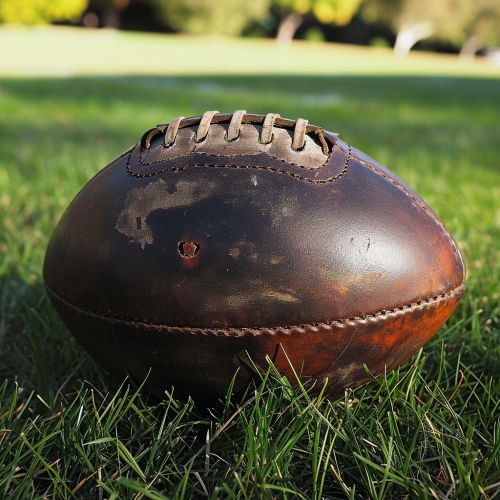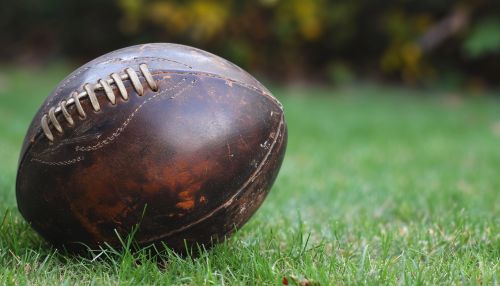Football (soccer)
History
Football, known as soccer in some countries, is a sport with a rich and diverse history that spans centuries. The modern game of football as we know it today has its roots in England, where it was codified in the mid-19th century. However, games involving a ball and goals have been played by various cultures across the globe for millennia.


The earliest form of football for which there is scientific evidence was an exercise from a military manual dating back to the second and third centuries BC in China. This Han Dynasty forebear of football was called Tsu' Chu and it consisted of kicking a leather ball filled with feathers and hair through an opening, measuring only 30-40cm in width, into a small net fixed onto long bamboo canes.
In Europe, documents from the 9th century refer to a game played in England and northern France known as 'La Soule' or 'Choule'. This game was played between neighbouring towns and villages, involving an unlimited number of players on opposing teams, who would clash in a heaving mass of people struggling to drag an inflated pig's bladder by any means possible to markers at each end of a town.
Modern Football
The modern game of football began to take shape in the early to mid-19th century. The Cambridge Rules of 1848 were the first attempt at creating a standardized set of rules for the game. However, it was the formation of the Football Association (FA) in England in 1863 that truly set the stage for the modern game. The FA's rules, which included the use of a round ball, a pitch marked by boundary lines, goal kicks and throw-ins, and a prohibition on using hands, became widely adopted, and are still largely in use today.
Gameplay
A football match is played by two teams, each consisting of no more than eleven players, one of whom is the goalkeeper. A match is played in two 45 minute halves, with a 15 minute half-time interval. The aim of the game is to score more goals than the opponent by getting the ball into the opponent's goal.
The ball is spherical and made of leather or a similar material. It is 68–70 cm (27–28 in) in circumference, and 410–450 g (14–16 oz) in weight. The goalkeeper is the only player who is allowed to handle the ball during open play, and only within their own penalty area.
The pitch is rectangular and marked with boundary lines. The longer boundary lines are touchlines, while the shorter ones are goal lines. A goal is scored when the whole of the ball passes over the goal line, between the goalposts and under the crossbar.
Tactics and Skills
Football is a game of complex strategies and tactics. Teams typically adopt one of several standard formations, such as the 4-4-2, 4-3-3, or 4-5-1. These formations describe the arrangement of players on the pitch in terms of defenders, midfielders, and forwards. The choice of formation is typically based on the team's style of play, the strengths and weaknesses of their players, and the tactics of the opposing team.
Individual skills in football are numerous and varied. They include dribbling, passing, shooting, heading, and tackling. Goalkeepers require unique skills, such as shot stopping, positioning, and distribution.
Governing Bodies
Football is governed internationally by the Fédération Internationale de Football Association (FIFA), which organises the World Cup every four years. Each country has its own football association to govern its leagues and competitions.
Major Competitions
The most prestigious competition in football is the World Cup, which is held every four years. The tournament involves 32 national teams and lasts for about a month. The most successful country in World Cup history is Brazil, with five victories.
Other major competitions include the Champions League, which is an annual competition for the top club teams in Europe, and the Copa América, which is the main international competition for national teams in South America.
Influence and Impact
Football has a major influence on society at large. It is a major source of entertainment for millions of people around the world, and has a significant economic impact through the professional leagues, competitions, and endorsements. Football also has a social impact, bringing people together from different cultures and backgrounds.
